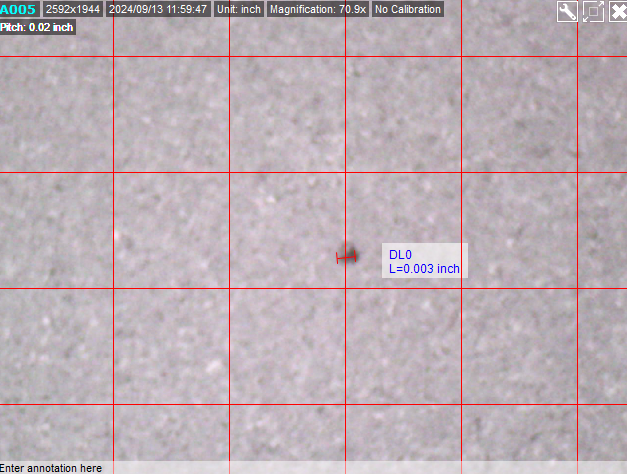Don't have much experience with this new laser head we got, but I was tasked with trying to figure out how to pick up small blemishes / pits in some of our parts, and they want to try and use this laser scanning head.
Would the laser head be able to pick up and locate small blemishes like this?

extremely small, it is visible with the eye, but barely.
I scanned the entirety of the part and made a color map of it, but these small blemishes did not show up / not easily distinguishable.
Using L-10.10 laser scanning head
Edited Vision head to laser head
[edited by: Zafra at 3:21 PM (GMT -5) on Sep 18, 2024]
